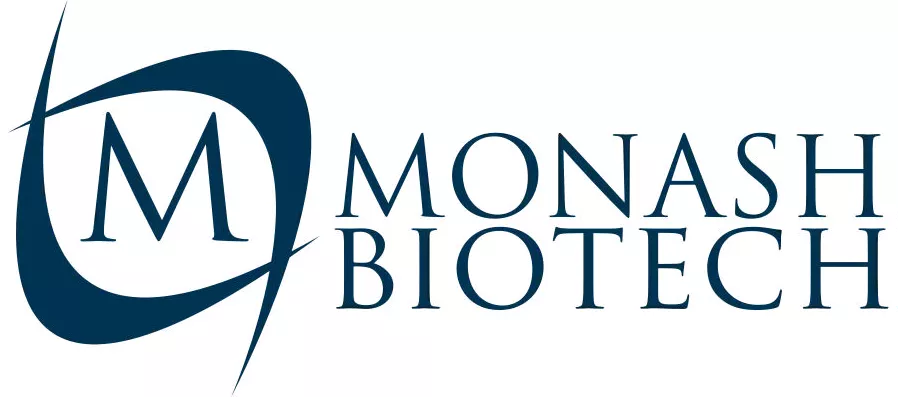Mosaic Embryos - A Complexity in IVF, that all embryologist can relate
In the realm of assisted reproductive technologies (ART), the term “mosaic embryo” has gained significant attention in recent years. While it might sound intriguing, understanding what mosaic embryos are and their implications for IVF success is crucial for both patients and embryologists.
What are Mosaic Embryos?
In simple terms, a mosaic embryo is an embryo with cells that have different genetic makeup. Some cells may have the normal number of chromosomes (euploid), while others may have an abnormal number (aneuploid). This phenomenon arises due to errors in cell division during early embryo development.
Types of Mosaicism
Mosaic embryos can be further classified based on the proportion of abnormal cells:
Low-Level Mosaicism:
The majority of cells are euploid, with a smaller percentage being aneuploid.
High-Level Mosaicism:
The majority of cells are aneuploid, with a smaller percentage being euploid.
Impact on IVF Success
Mosaic embryos pose a unique challenge in IVF. While traditionally, embryos were classified as either euploid (normal) or aneuploid (abnormal), the discovery of mosaicism has added a layer of complexity. Mosaic embryos have the potential to develop into healthy babies, but their implantation and live birth rates are generally lower than those of euploid embryos.
The Role of Preimplantation Genetic Testing (PGT)
PGT plays a crucial role in identifying mosaic embryos. With advanced techniques like next-generation sequencing (NGS), embryologists can analyze the genetic makeup of embryos with greater accuracy and identify mosaicism. This information can help inform decision-making regarding embryo selection and transfer.
The Decision-Making Process
The decision to transfer a mosaic embryo is complex and requires careful consideration. Factors to consider include:
Level of Mosaicism:
Low-level mosaic embryos are generally considered to have a better chance of resulting in a healthy pregnancy compared to high-level mosaic embryos.
Chromosomal Abnormality:
The specific chromosomal abnormality present in the aneuploid cells can also influence the decision. Some abnormalities are associated with higher risks of developmental issues or miscarriage.
Patient Factors:
Age, medical history, and personal preferences of the couple also play a role in the decision-making process.
Expert Guidance is Key
Choosing whether or not to transfer a mosaic embryo is a deeply personal decision. It’s essential to have a thorough discussion with your fertility specialist and a genetic counselor to understand the risks and benefits associated with each embryo. They can help you weigh your options and make the best decision for your individual circumstances.
The Future of Mosaic Embryos
As research on mosaic embryos continues to evolve, we are gaining a deeper understanding of their potential. Advancements in PGT and embryo selection techniques may help us better predict the developmental potential of mosaic embryos and optimize their chances of successful implantation and healthy pregnancy.
In conclusion, mosaic embryos represent a fascinating and complex aspect of IVF. While they pose challenges, they also offer a glimmer of hope for couples who may not have other viable embryo options. With continued research and advancements in technology, we can look forward to a future where mosaic embryos can be more accurately assessed and utilized to help more couples achieve their dream of parenthood.
Our Products
Blastomere Biopsy Micropipettes
Holding Micropipettes
Injection Micropipettes
Polar Body Biopsy Micropipettes
Trophectoderm Biopsy Micropipettes Bevelled
Trophectoderm Biopsy Micropipettes Flat
Support
Customer Support
Frequently Asked Questions
Chat on WhatsApp
Chat on FaceBook Messenger
Helpful Resources
Privacy Policy
Please note that the 3D models displayed on this website are for illustrative purposes only. Actual product dimensions, colors, and finishes may vary. These models should not be considered a precise or guaranteed representation of the final product.
© 2025 Monash Biotech. All Rights Reserved.
Designed & Developed by Goafreet Company


